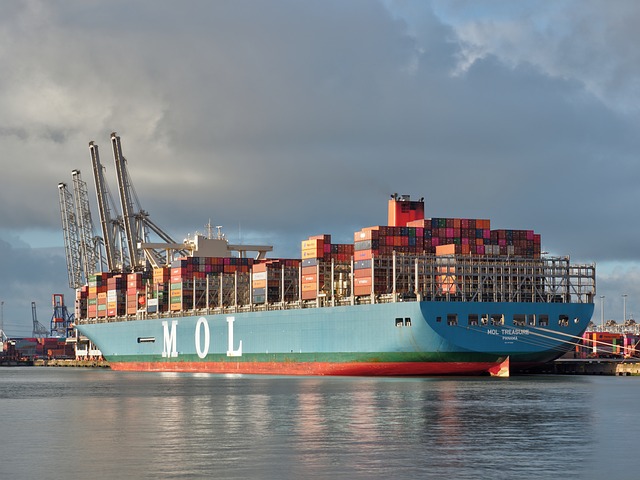Shipping a vehicle involves considering various factors like type, size, weight, distance, seasonal demand, and transport mode (truck, train, ship). To minimize the cost of shipping a vehicle, thoroughly prepare by inspecting for damage, repairing critical components, removing loose items, and ensuring fluids are at adequate levels. Choose between ground transportation for local, time-sensitive needs or specialized carriers for long distances, focusing on safety records and customer testimonials. Compare quotes from multiple reputable companies to find the best balance between service quality and cost of shipping a vehicle.
Shipping a vehicle can seem daunting, but with careful planning, it can be done seamlessly and securely. This guide breaks down the process into three key steps: understanding the cost of shipping a vehicle, preparing your vehicle for transport, and choosing the right shipping method and carrier. By following these strategies, you’ll ensure a stress-free experience, keeping your vehicle safe and sound during transit.
- Understanding the Cost of Shipping a Vehicle
- Preparing Your Vehicle for Safe Transportation
- Choosing the Right Shipping Method and Carrier
Understanding the Cost of Shipping a Vehicle

Shipping a vehicle, whether it’s a car, motorcycle, or recreational vehicle, involves more than just finding a transportation method. It’s essential to understand the cost of shipping a vehicle, which can vary significantly based on several factors. These include the type and size of the vehicle, its weight, the distance traveled, and the chosen mode of transport—truck, train, or ship. Additionally, costs can fluctuate with seasonal demand and the complexity of delivery.
Before committing to a shipping method, it’s crucial to get quotes from different carriers. Compare not only prices but also the services offered. Some companies may charge less but provide inferior care, leading to potential damage during transit. Understanding these variables will help ensure you make an informed decision that fits your budget while keeping your vehicle safe and sound during its journey.
Preparing Your Vehicle for Safe Transportation

Before transporting your vehicle, preparing it properly is essential to ensure a smooth and safe journey. Start by performing a thorough inspection to identify any existing damage or wear and tear. Addressing these issues beforehand can prevent further complications during transit. Repair or replace worn-out parts, such as brakes, tires, and lighting, to maintain optimal performance. Additionally, ensure the vehicle is clean and well-maintained; a well-kept car is less likely to suffer unexpected mechanical problems.
Consider devaluing items from within the vehicle to reduce the overall cost of shipping a vehicle should any belongings sustain damage during transit. Remove loose objects that could shift and cause accidents, securing them safely in your possession or discarding them as needed. Lastly, ensure all fluids are at the appropriate levels, and the battery is charged to avoid any unexpected failures while en route.
Choosing the Right Shipping Method and Carrier

Choosing the right shipping method is a crucial step in ensuring a smooth and safe journey for your vehicle. Depending on factors like distance, time frame, and budget, different options are available. For shorter distances or urgent needs, domestic ground transportation offers affordability and efficiency. However, consider specialized carriers for unique vehicles or long-distance trips to prevent damage during transit, impacting both the car’s condition and potential hidden costs related to insurance and liability.
Researching reputable shipping carriers is essential to gauge their expertise, safety measures, and customer reviews. Established companies often provide real-time tracking, ensuring peace of mind throughout the process. Compare quotes from multiple carriers to find a balance between service quality and the cost of shipping a vehicle, ensuring you’re not paying excess for basic services when more specialized options are needed.
Shipping a vehicle can be a straightforward process with careful preparation and the right approach. By understanding the cost implications, ensuring your car is ready for transport, and selecting a suitable shipping method, you can achieve safe and efficient delivery. Remember, choosing the right carrier who specializes in automotive transportation is key to a stress-free experience. So, whether you’re moving across countries or states, take control and make informed decisions when shipping your vehicle.
